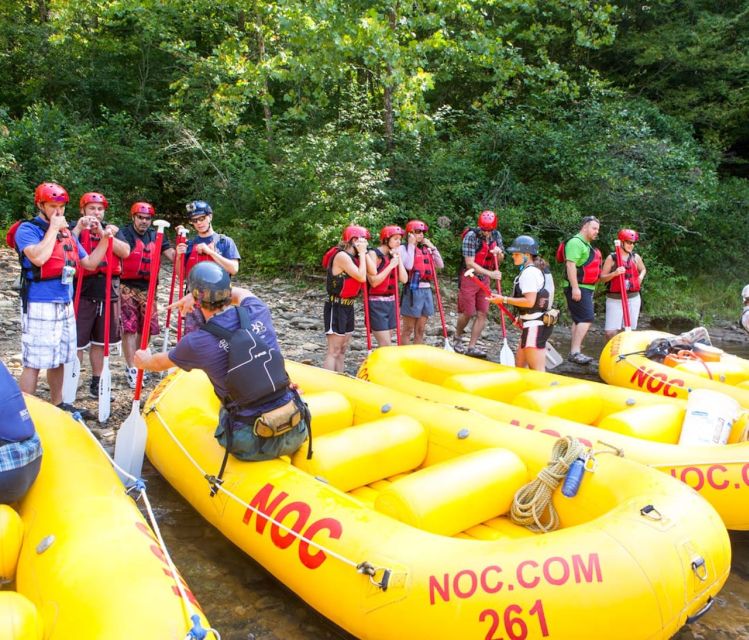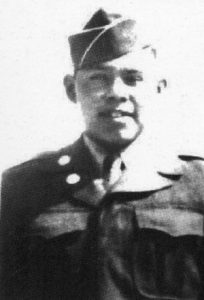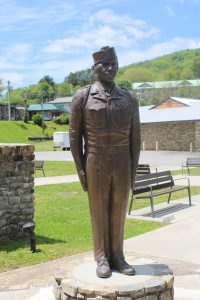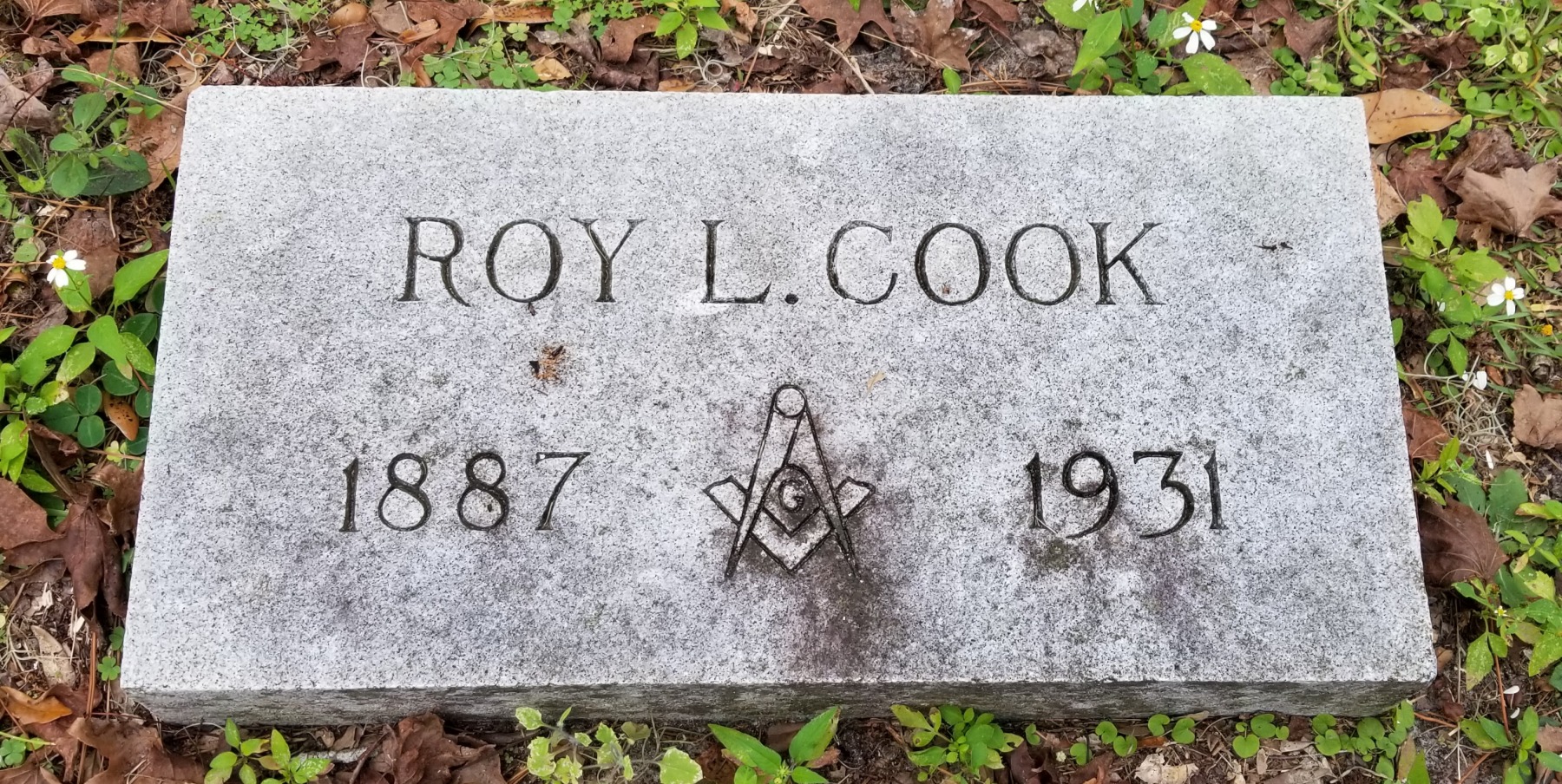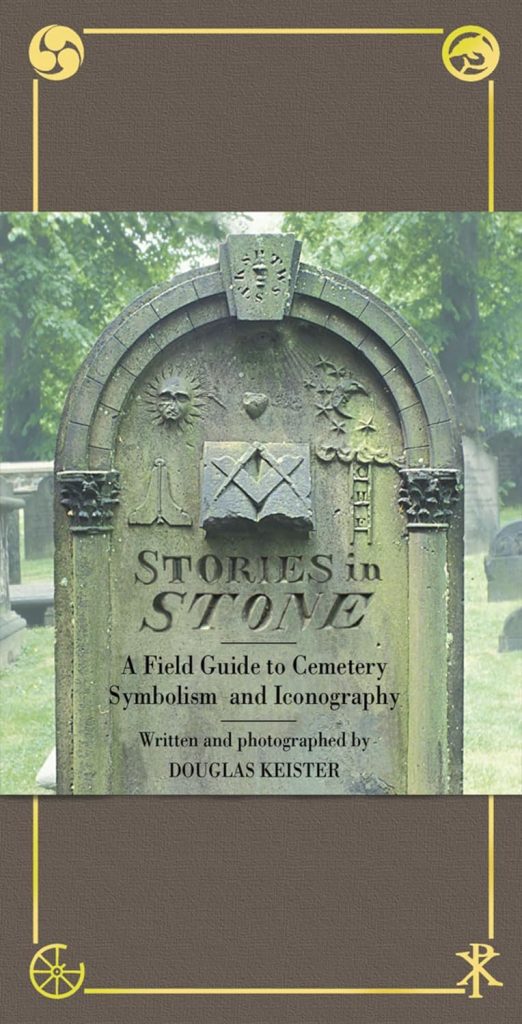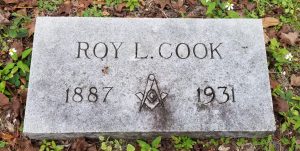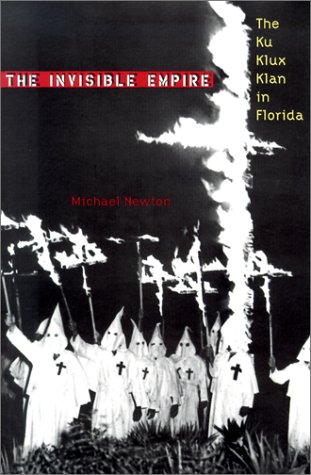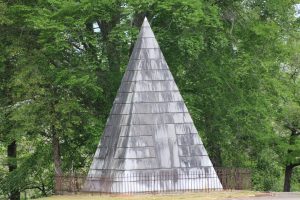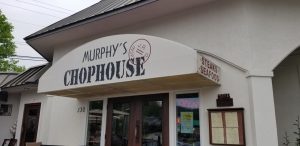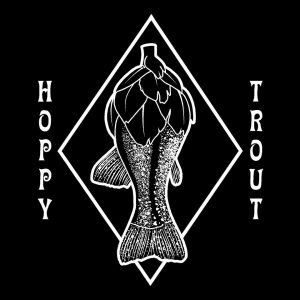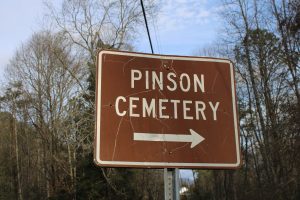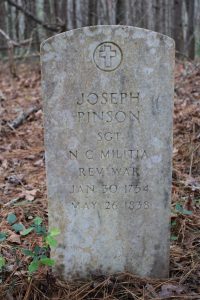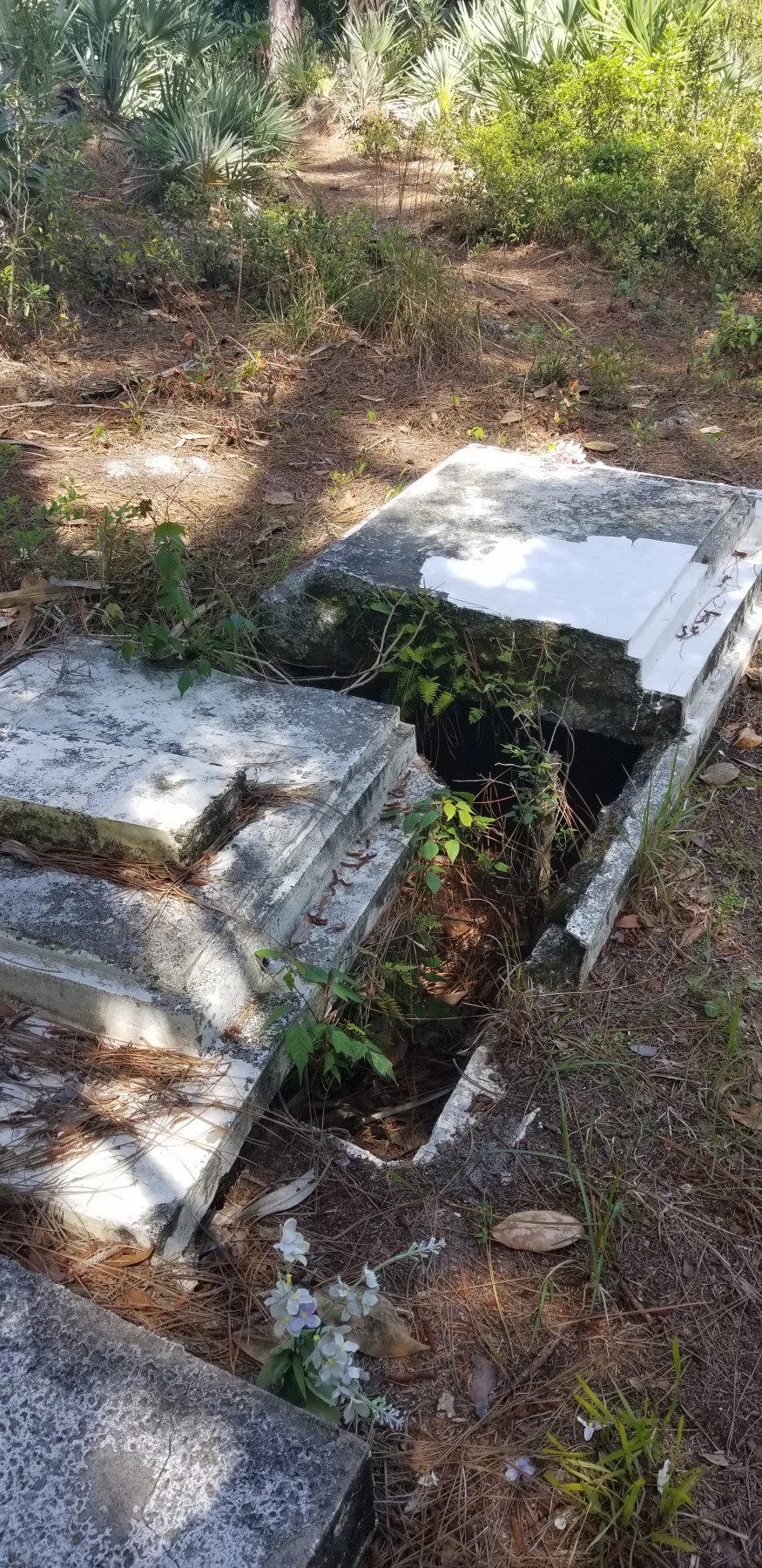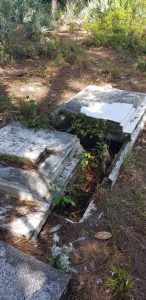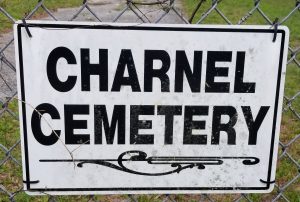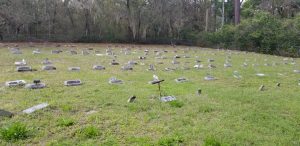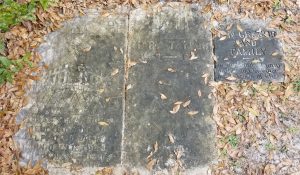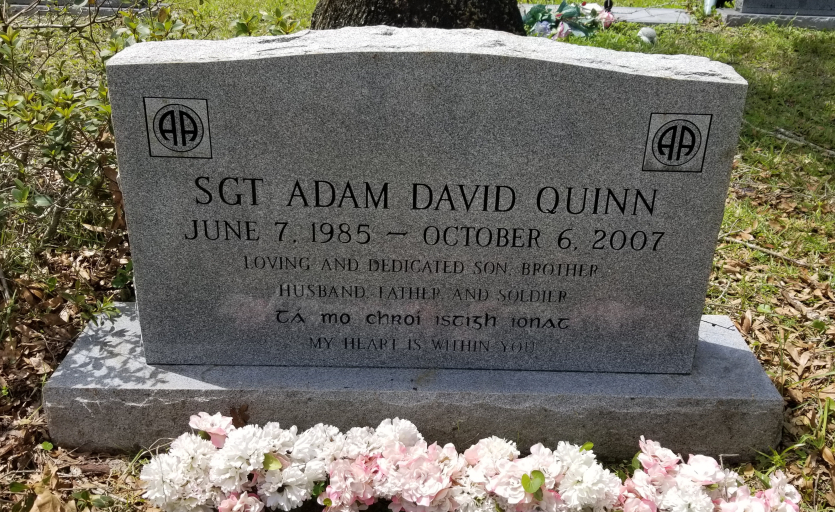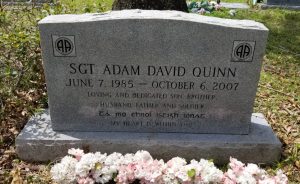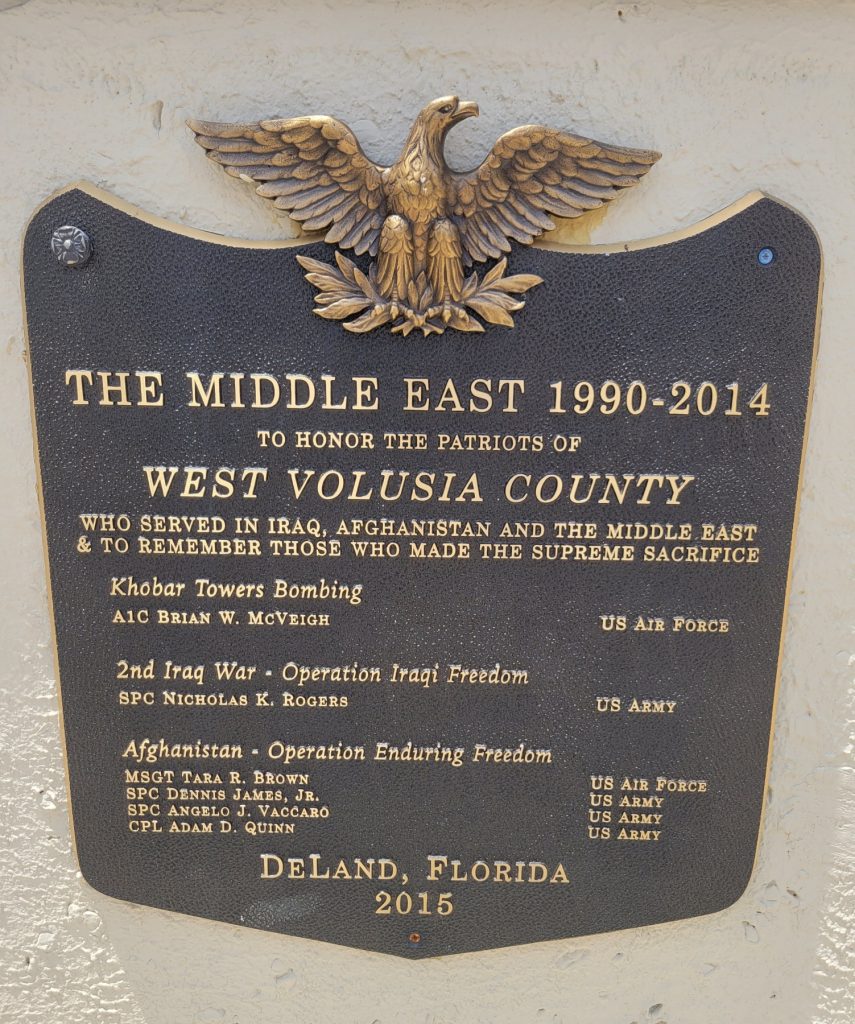No products in the cart.
Moses Harshaw Died and Gone to Hell
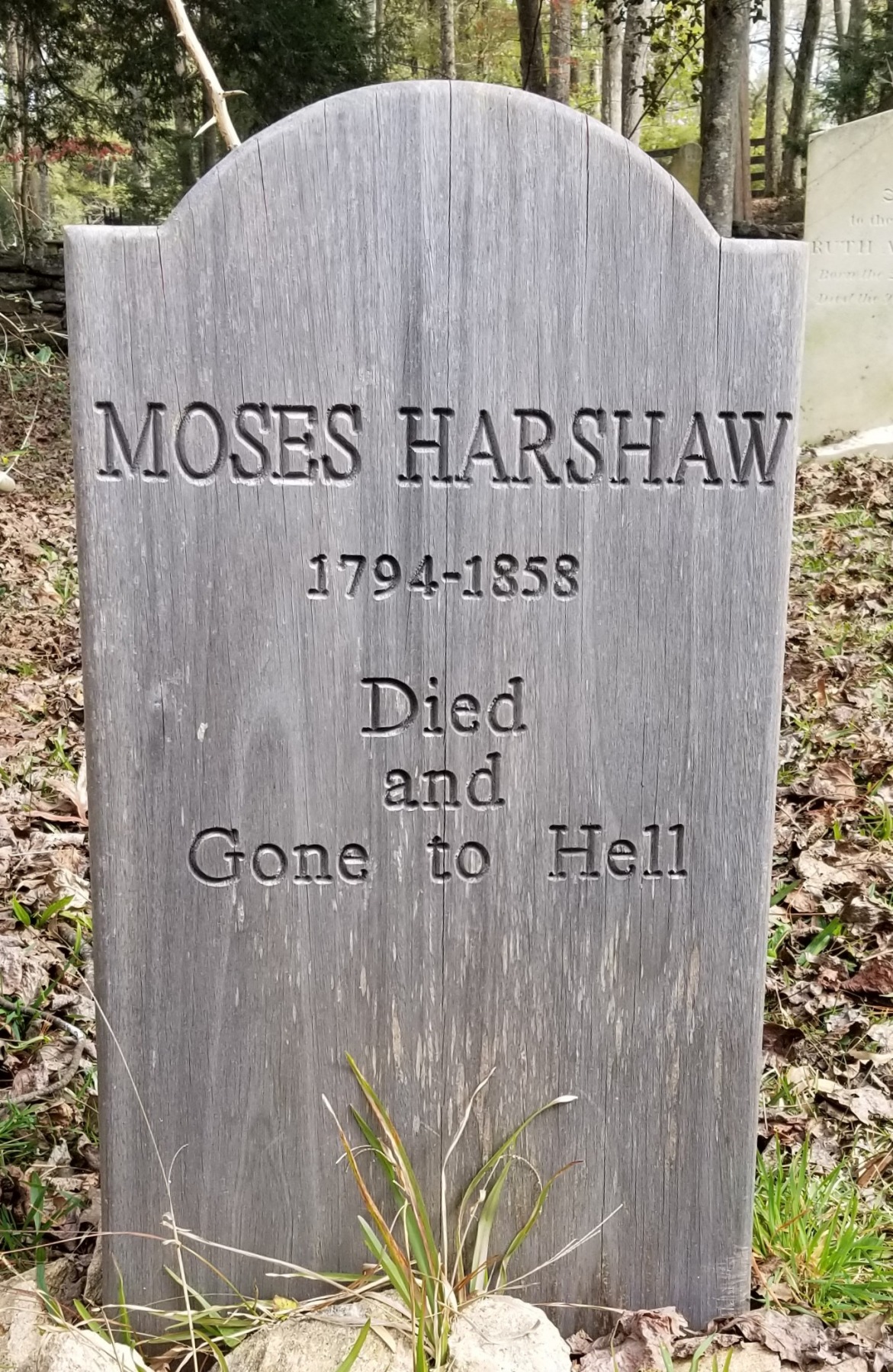
Moses Harshaw
1794-1858
Died and Gone to Hell
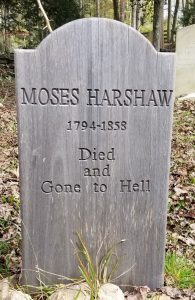
Died and Gone to Hell
The stories and legends surrounding Moses Harshaw are plentiful. One thing we know is that if you visit Old Clarkesville Cemetery in Clarkesville, Georgia, you can see a headstone the likes of which you have probably not seen before. It is both funny and sad at the same time. Funny in that somebody appears to have had the last laugh on Harshaw. Sad in the fact that this person was so evil that family chose to remember him in this way. Moses Harshaw–Died and Gone to Hell.
Moses Harshaw was born in 1794 in North Carolina. He wed Nancy England on June 9, 1814 in Burke County, North Carolina. By 1820, it appears that the Harshaw family was gaining wealth, as they owned seven male slaves, all under the age of 44.
At some point in the early to mid-1820s, Moses led the Harshaw family from their home in North Carolina to new lands in the Nacoochee Valley of Georgia. In 1825, Moses purchased 250 acres from W. B. Wofford for the sum of $1,500. It was on this property that around 1837 Moses would build what is now known as the Harshaw-Stovall House, a property that in 1984 was listed on the National Register of Historic Places.
Harshaw was successful in a financial manner. In addition to his farming and gold mining
operation, he supported his family by working as an attorney in Clarkesville. By 1840, the US
Census shows him owning 18 slaves, 11 females and 7 males. The 1850 US Census lists
Harshaw as owning real estate with a value of $20,000. The Slave Census for the same year
show him having increased his human ownership to 20.
Despite his apparent business acumen, Moses was person few people liked. His antics had earned
him the moniker, “the meanest man alive.” The period of 1829-1844 saw him charged with
assault on seven occasions, being found guilty six times. His cruelty to slaves became legendary.
When he would hitch his wagon to go to town, he would require the services of a slave on the
trip. He would not allow the slave to ride in the wagon however but would instead tie him to the
back of the wagon and make him run to keep up.
Perhaps cementing his legacy as vile person is the story of when a young slave girl passed away,
Moses wife Nancy purchased a dress for the child to be buried in. When Moses discovered the
expense he demanded the child be dug up, the dress be removed and returned to the store.
Unable to live with Moses and his erratic behavior, Nancy filed for legal separation, which the
courts granted in 1857 (some date this separation as being in 1850). She received several slaves,
farm equipment, and lands in Clarkesville. A portion of the separation agreement reads
from an incompatibility of taste and uncongeniality of temper and disagreement of
pursuits, bickering, heartburnings and strife have discovered that it is impossible they
should longer live together in peace and harmony and have therefore agreed to separate
from bed and board and absolve, release and forever discharge each other from all
conjugal rights, privileges, duties and liabilities, further agreeing to live separate and
apart and abstain in all and every way from interfering with or molesting each other in all
and every way their pursuit of present and eternal happiness.

Moses was to live only a short while longer, passing away in 1859. Despite being a successful
attorney, Moses passed without a will. The courts appointed Moses son Alonzo and E.P.
Williams as estate administrators. His holdings included 11 slaves, farming equipment, produce,
livestock and feed, household furnishings, a lot and house in the town of Clarkesville, and
considerable acreage and a home in Clarkesville and White Counties.
It is possible that Nancy had the last word on their marriage and the life of Moses Harshaw. The
long rotted original wooden marker was carved with the words “Died and Gone to Hell.” A
replica of the marker stands today, reminding us that our worldly actions may not be forgiven
even in death.

Photo courtesy: Wikimedia Commons
Today, visitors to Sautee Nacoochee, GA can stay in the beautifully restored Stovall House. Owners Jeff Sidwell and Erin Fight opened the bed & breakfast in 2019. They offer six rooms (the Terra Cotta Room is pet friendly room) including king-sized beds, private bathrooms, Wi-Fi throughout the house, and more. Water comes from the 350 foot deep well on property. Environmental concerns are taken seriously with kitchen leftovers being composted; leftover soaps, etc. are recycled through Clean the World, the 27-acre property is pesticide free, and cleaning products are eco-friendly. If you are looking for a wedding or event venue, Jeff and Erin are eager to accommodate your needs.
References:
Old Clarkesville Cemetery website
United States Census Reports
1820
1840
1850
1850 Slave Schedule
United States Department of the Interior National Register of Historic Places Nomination Form.
Harshaw-Stovall House. June 28, 1984.
This post may contain affiliate links including Amazon links. If you click these links and make a purchase, I may receive a small commission. This commission does not affect any price that you pay. All views and opinions provided are my own and are never influenced by affiliate programs or sponsors providing products.
